Tobe
Editor's Column "Craft Production Regions" VOL.4 AD
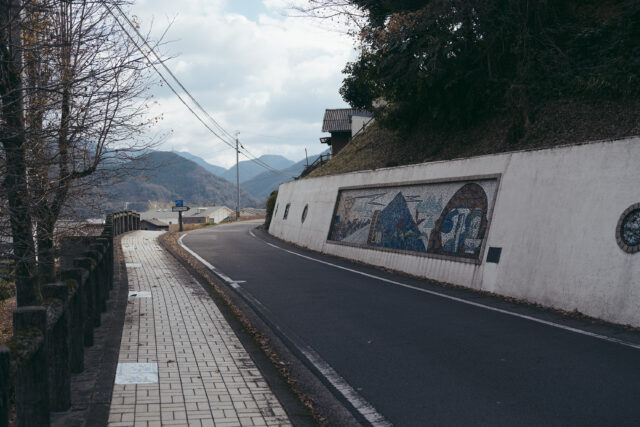

VOL.1-4
Update
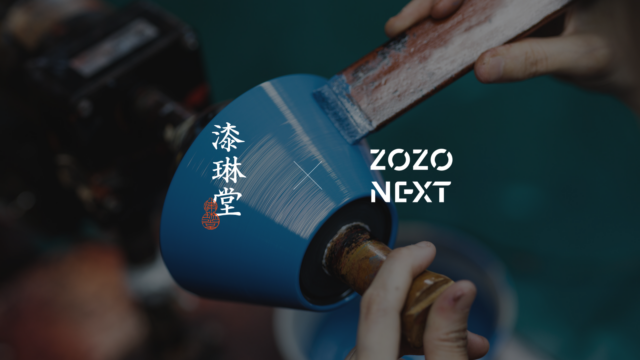
VOL.1-19
Update
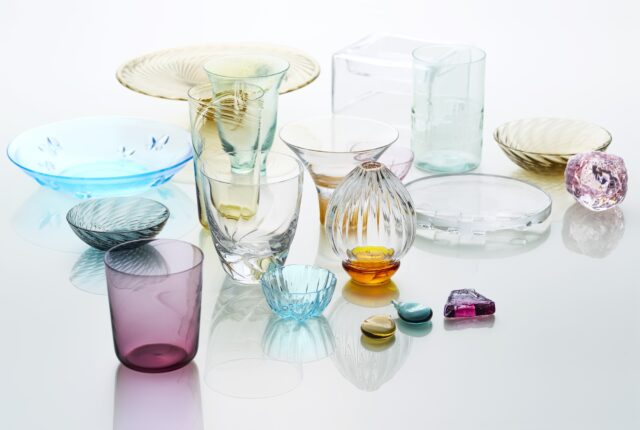
VOL.1-17
Update
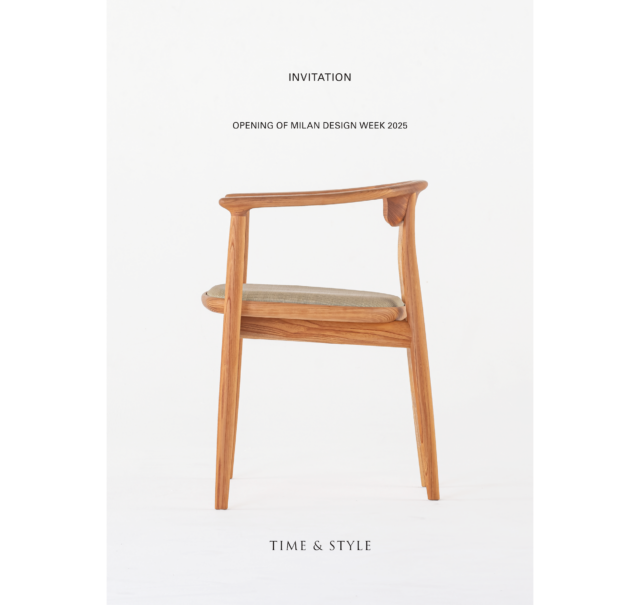
VOL.1-43
Update
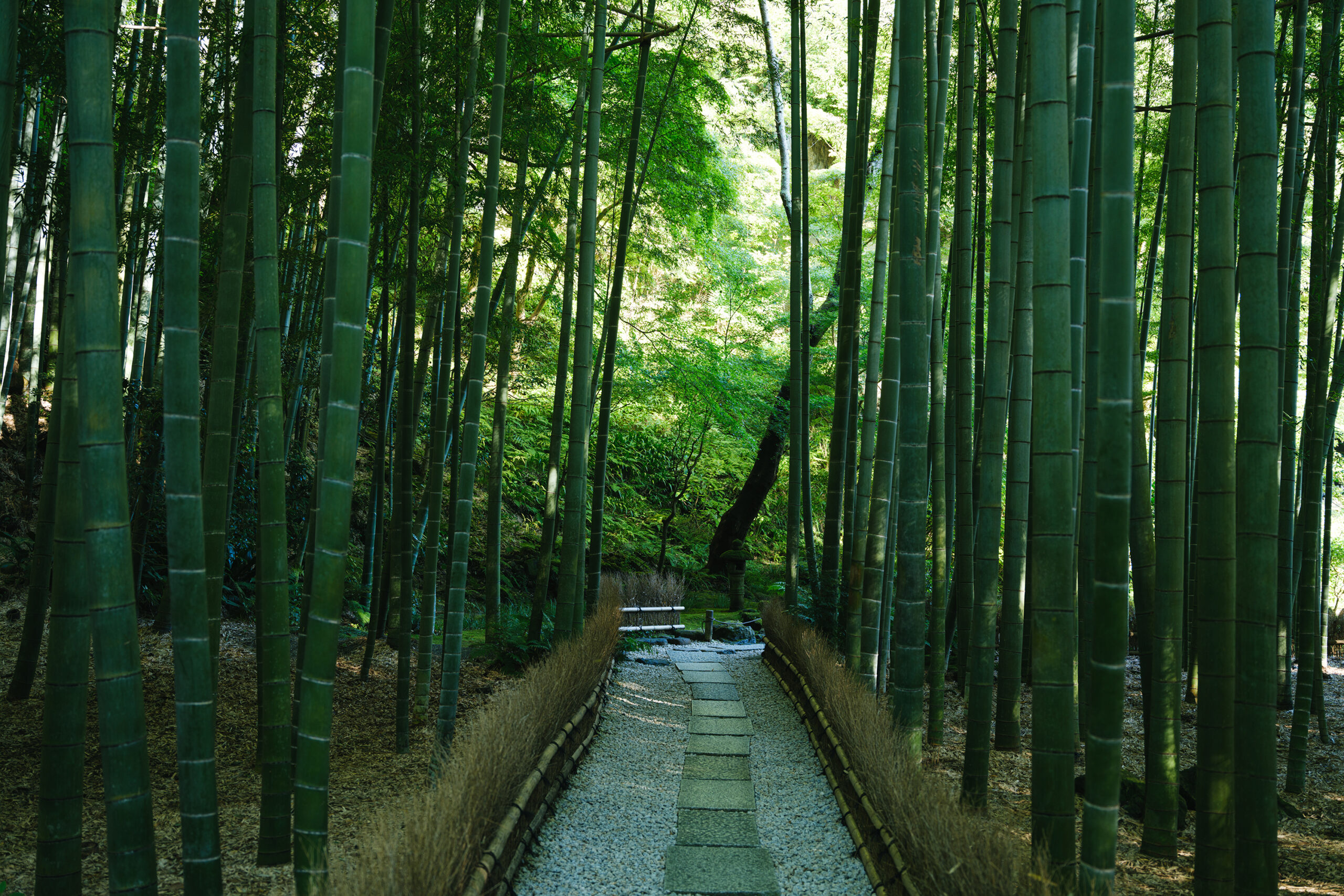
VOL.1-2
Update
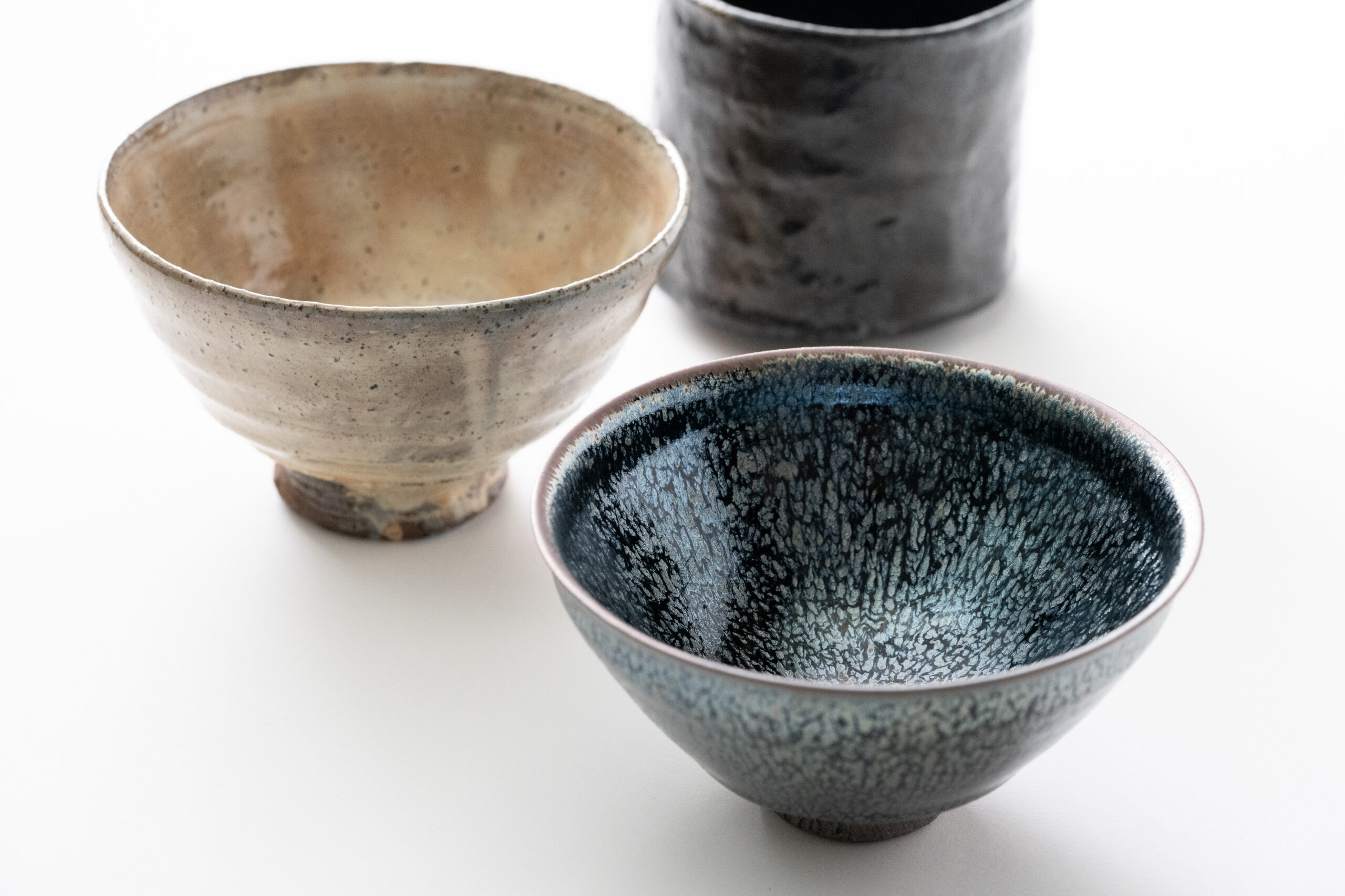
VOL.1-3
Update

VOL.1
Update
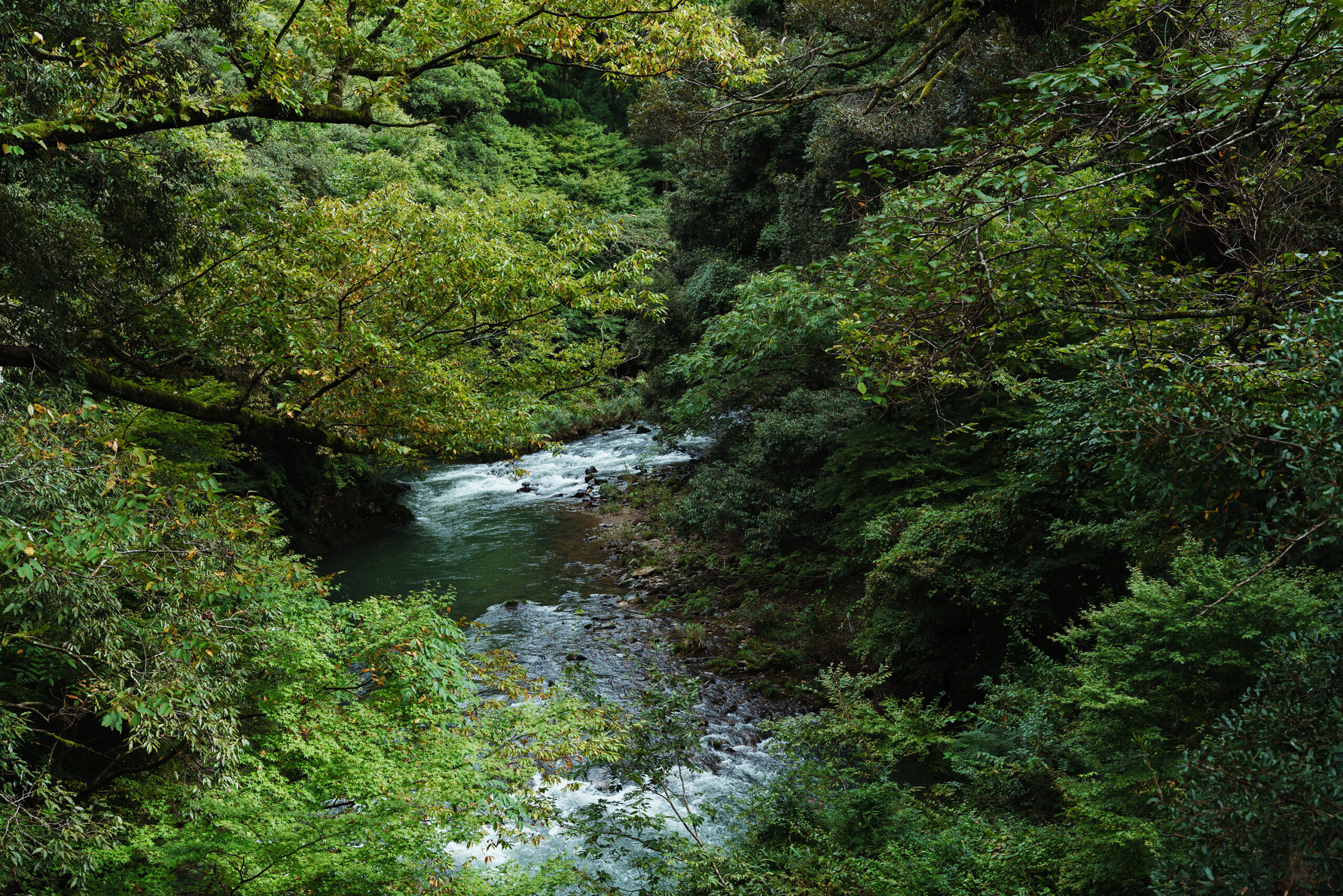
VOL.1-7
Update
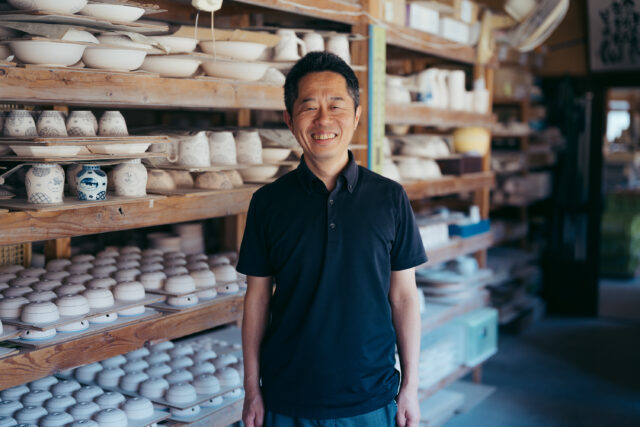
VOL.1-32
Update
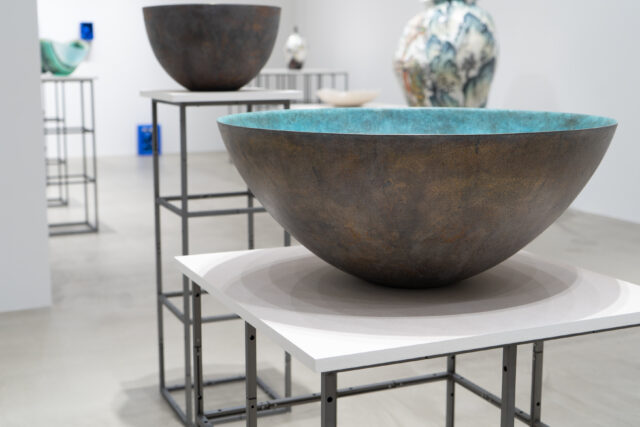
VOL.1-26
Update
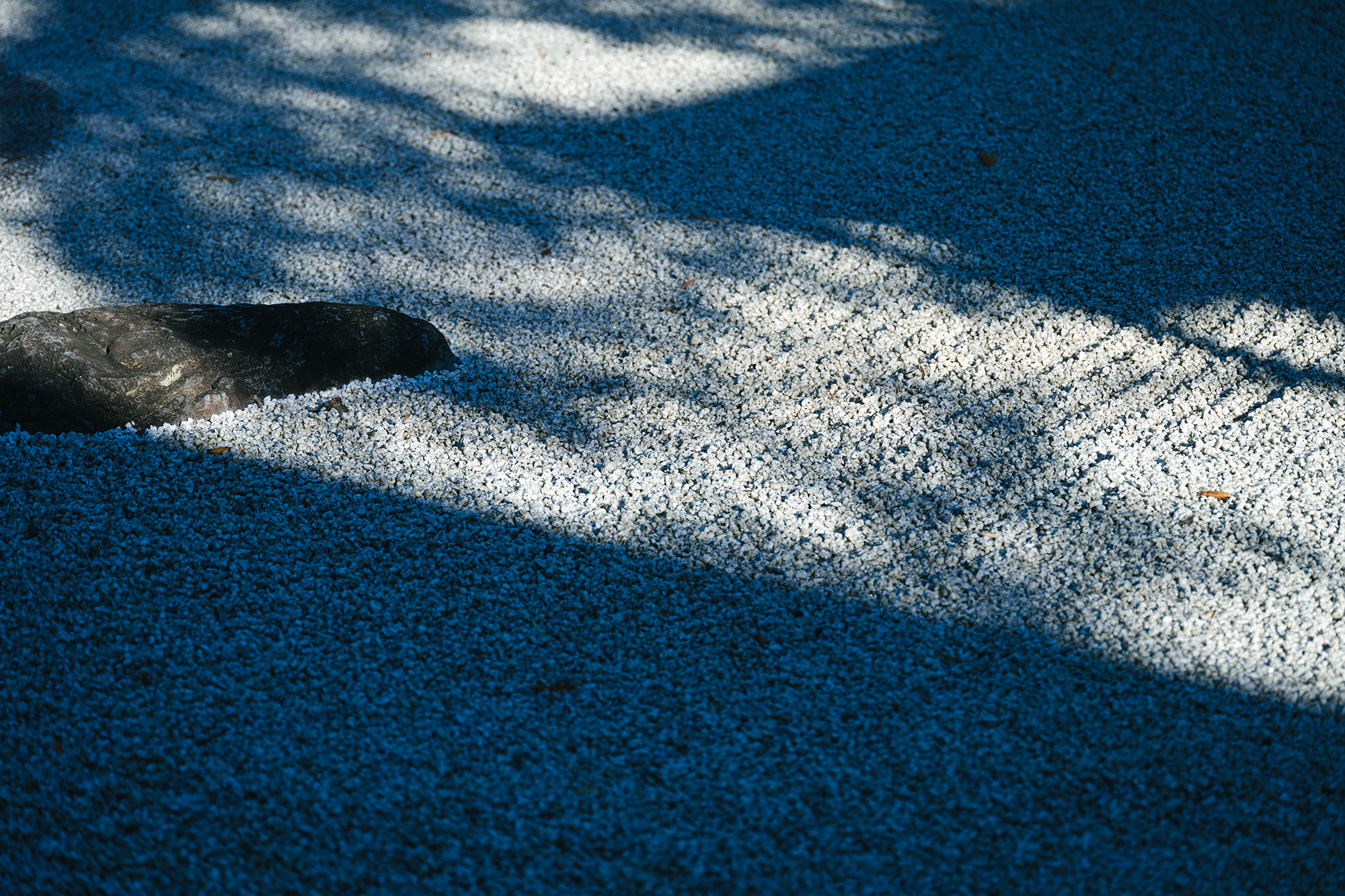
VOL.1-12
Update
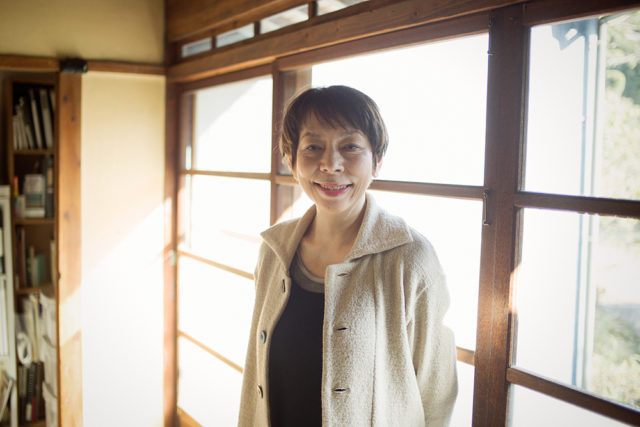
VOL.1
Update
We share a variety of information and perspectives on Japanese crafts, including exhibition information and interviews.
Editor's Column "Craft Production Regions" VOL.4 AD
KOGEI Topics VOL.19
New Products VOL.17
Featured Exhibitions & Events VOL.43
Apr 5 – Jun 22, 2025
SEIKADO BUNKO ART MUSEUM
Apr 8 – May 6, 2025
The Gotoh Museum
Apr 11 – Jun 15, 2025
Kyoto City KYOCERA Museum of Art
Apr 12 – Jun 29, 2025
TOGURI MUSEUM OF ART

“In’ei” refers to the state of dimness or shadow created when direct light is blocked, but it does not mean complete darkness. Rather, it is a state of faint dimness where the presence of light can be felt. In In Praise of Shadows, Junichiro Tanizaki uses the example of the faint dimness created by traditional Japanese shoji screens. In traditional Japanese architecture, the light that enters through the engawa (exterior corridor or veranda) diffuses through the shoji screens, creating a gentle and subdued light. Tanizaki introduced this unique Japanese aesthetic of dimness in contrast to Western architecture, which often sought to maximize the direct intake of light through glass windows and doors.
Tanizaki also believed that the subdued nature of Japanese lacquerware and gold leaf, in contrast to the bright and shiny tableware and jewelry favored in the West, developed from a desire for beauty that could be seen in the dimness of candlelight. At the time of the book’s writing, Tanizaki was concerned about the rapid loss of Japanese aesthetics in the face of Westernization and modernization. In Praise of Shadows was his way of questioning society and reminding readers of the importance of appreciating the beauty of subtle and subdued light.
Until now, while the East has admired the West, today the opposite seems to be true as the West has developed an interest in the East, not only in terms of tourism and cuisine but also in terms of craft. For example, in ceramics, shiny white porcelain is common in the West while pottery and stoneware are rare in everyday life. In contrast, in Japan, pottery and stoneware have been carefully nurtured as part of the Japanese aesthetic sense, much like how the history of tea ceremony sees everyday utensils as tea bowls. Nowadays, unglazed yakishime style ware like Bizen and Shigaraki are gaining popularity overseas, where roughness and opacity are becoming sought after even in Western living styles.
As mentioned in In Praise of Shadows, lacquerware is described as taking on a particular beauty in dim light. Indeed, the more sophisticated the lacquerware, the more uncomfortable it appears in a modern, brightly lit room, making one want to place it in a quiet, darker space. In dim light, not only can one appreciate the visual beauty of the lacquerware bowl, but one can also better feel the texture of the lacquer and sense the temperature of the soup in the bowl, creating a more complete sensory experience.
The sense of beauty that Japanese people possess may not be limited only to the visual beauty seen in dim light, but also includes how they feel the space with all five senses in the dimly lit environment. While objects illuminated under clear light are intuitively perceived as beautiful, In Praise of Shadows suggests that Japanese beauty lies in places that are less well illuminated. This not only presents itself in the unique Japanese sensibility in art and crafts, but also in the Japanese way of life and living.
“Anyway, to know what this combination of details is like, it would be best to extinguish the electric light altogether and to look at the outlines of things by the dim light of the butter lamp or the candlewick.” In Praise of Shadows closes with these words. Today, in the context of environmental issues, Candle Nights are held in various places where people spend a night only with candlelight. It might be good to have a night sometimes where only Japanese candles, which convey the unique beauty of shadows, are used. Through such moments, the new charm of crafts will be conveyed to the world.
Reference
Tanizaki, Junichiro. In Praise of Shadows. Chuokoron-Shinsha Inc.
